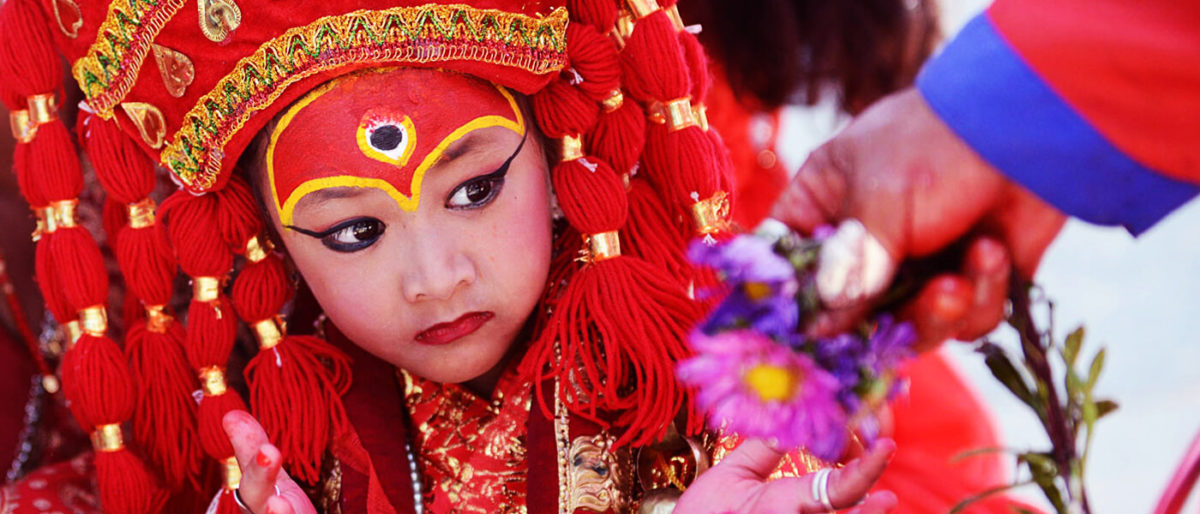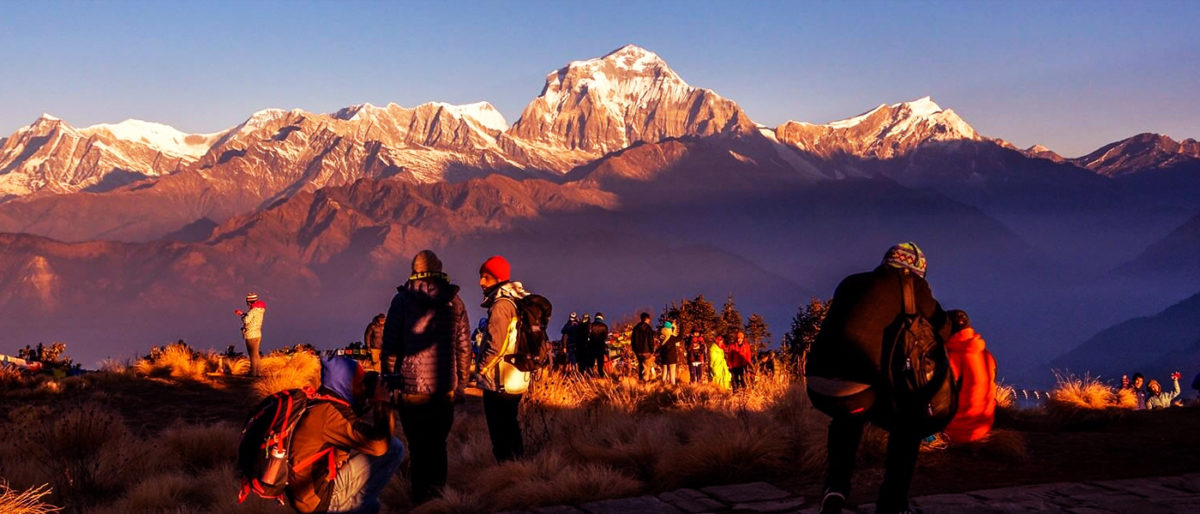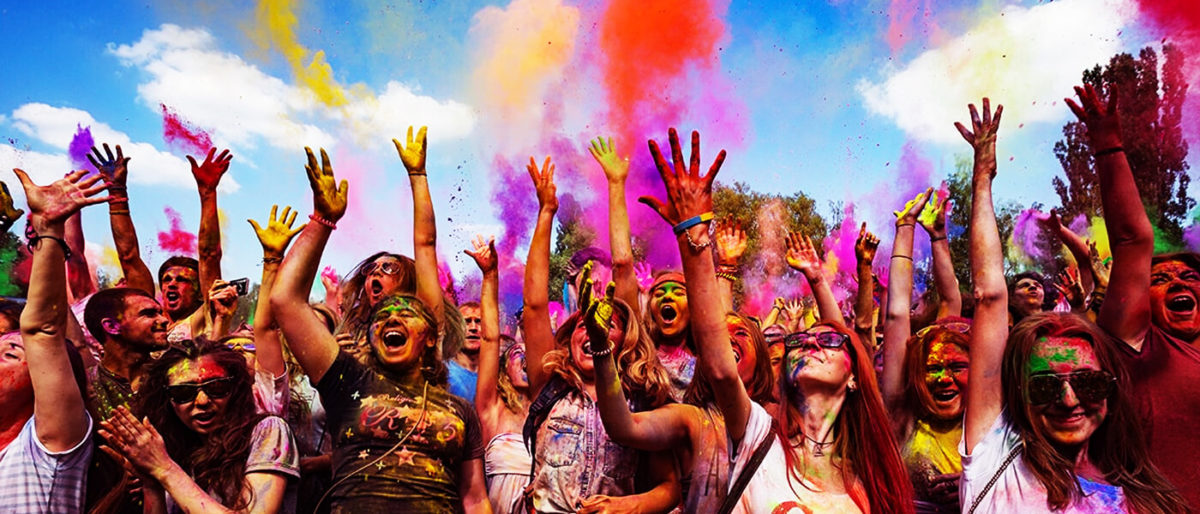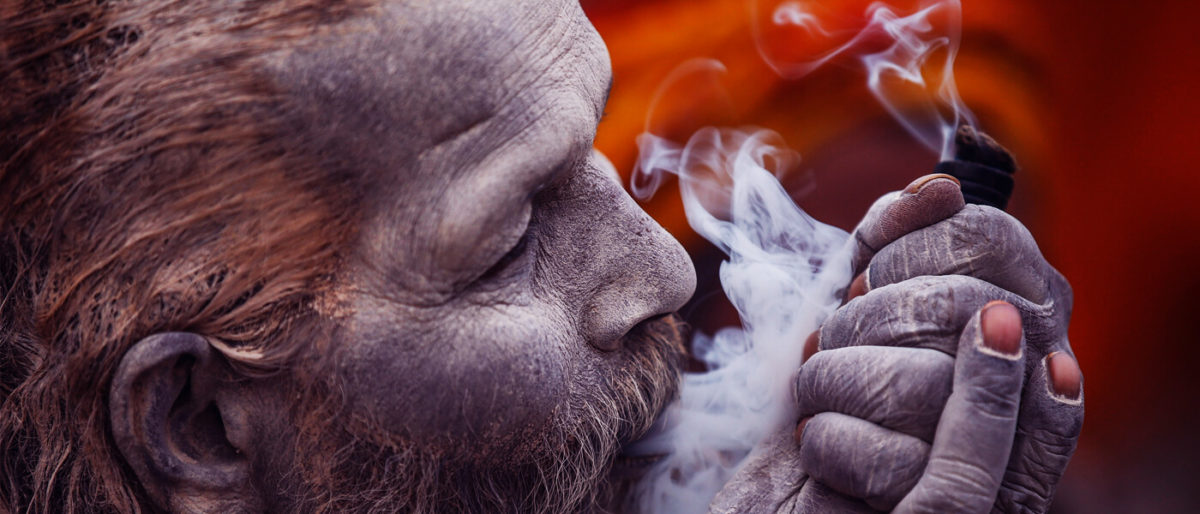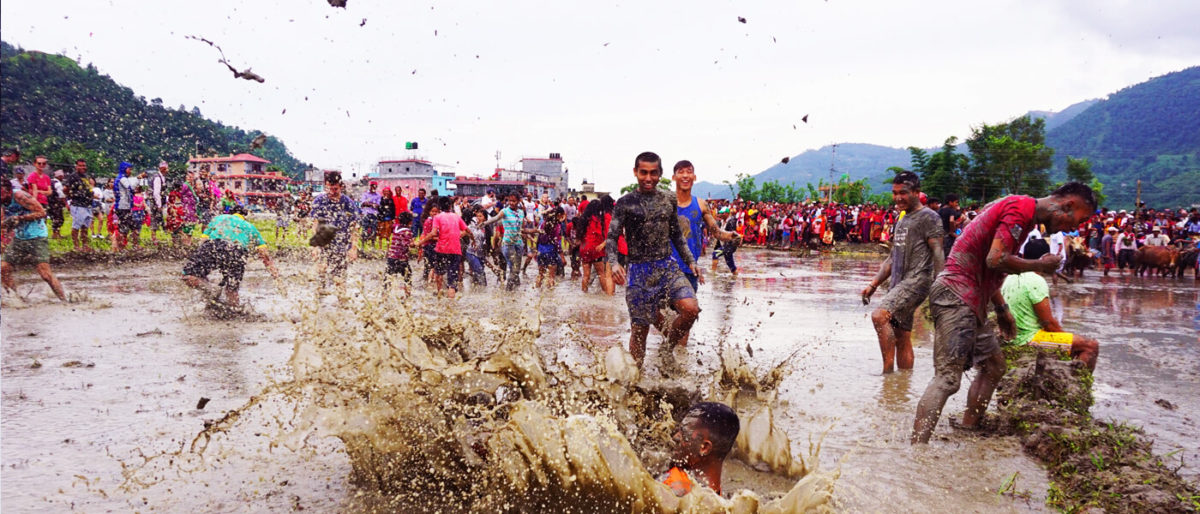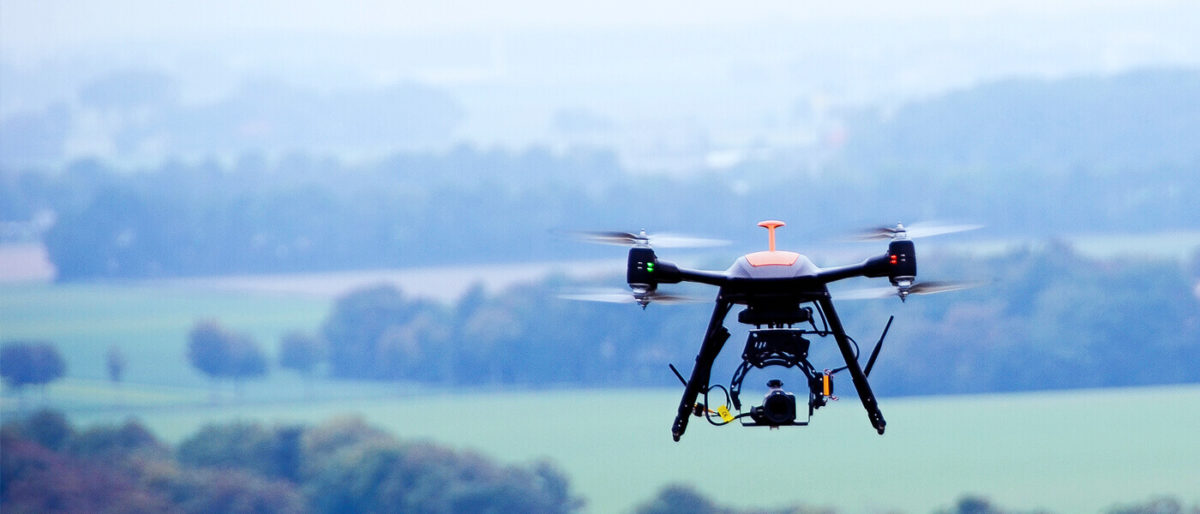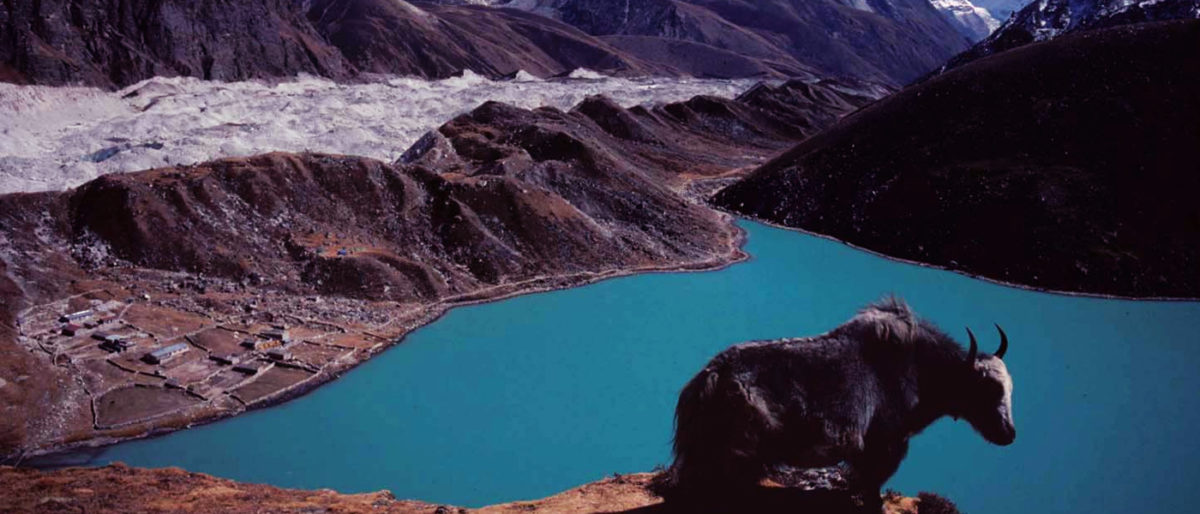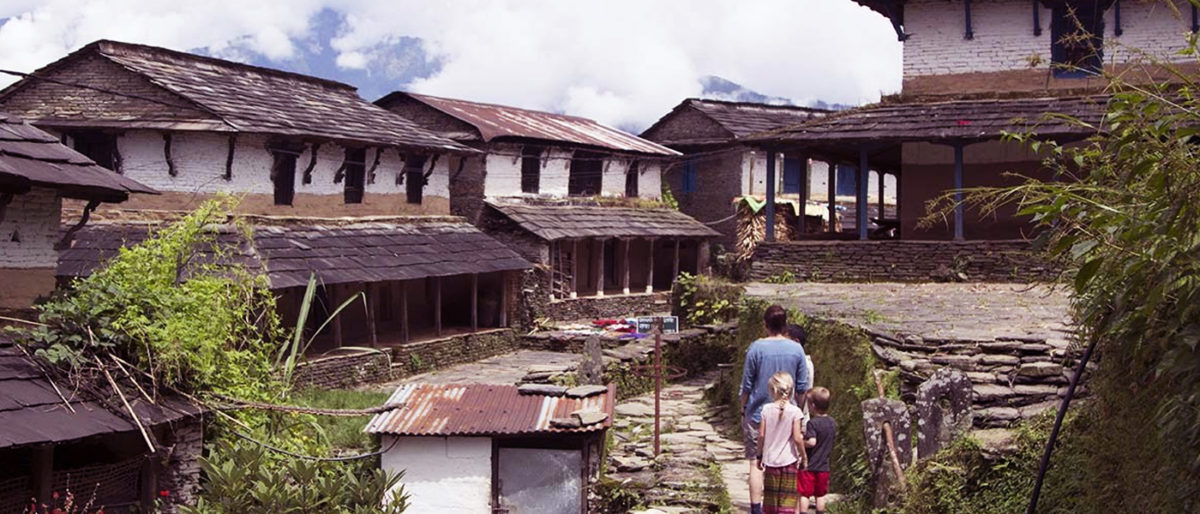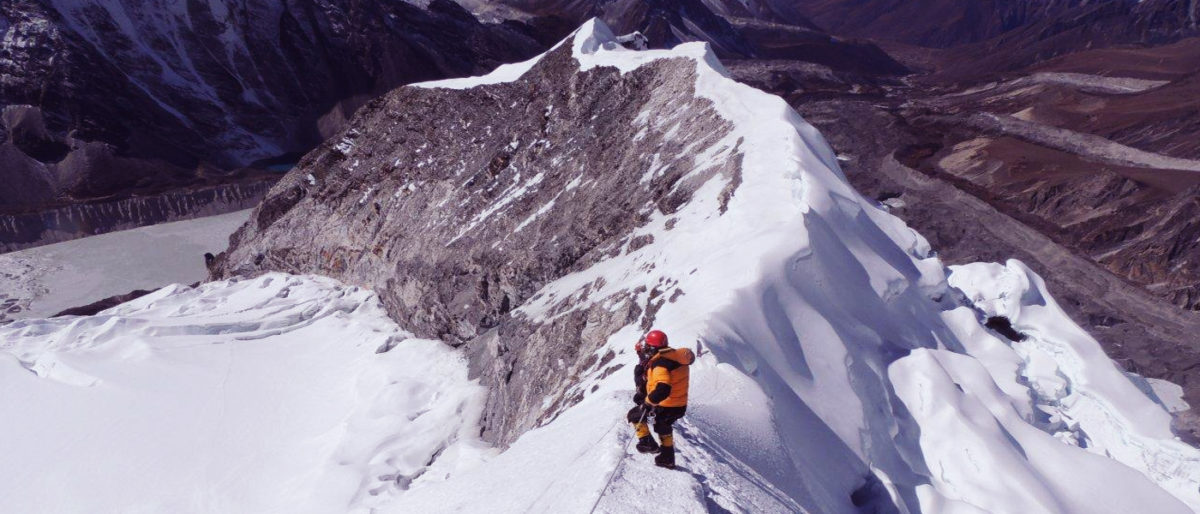Cultural heritage has a universal value for us as individuals, communities and societies. Cultural heritage targets promoting diversity and dialogue through access to heritage to foster a sense of identity. Cultural heritage includes different types of social activities, festivals ceremonies, religious place, religious ceremony etc. carry social values. It includes its originality, specialty of tradition and other valuable aspects. These are the most valuable assets of the country. Nepal has its own rich and unique culture which has evolved over the centuries. Nepal has diverse ethnic, tribal and social groups manifesting their own unique music, dance, art, craft, folktales, festivals, languages and literature.
Pasupatinath Temple
Pashupatinath is one of the four most important religious sites in Asia for devotees of Shiva. It was builted in 5th century and later renovated by Malla kings. The structure is a two-storey building and is built in pagoda style. This temple is tiered with two golden roofs,four sides covered in silver, and wood carvings of the finest quality. Pashupatinath Temple is located on both banks of Bagmati River on the eastern outskirts of Kathmandu. There are around 492 temples, 15 Shivalayas (shrines of Lord Shiva) and 12 Jyotirlinga (phallic shrines) to explore. The temple has been on the World Heritage list since 1979. The temple is just a few hundred metres from the end of the runway at Tribhuvan Airport.
In the Pashupati premises there temples of number of god and goddesses like Bhairab , Ananta, Narayan, Kageshwori, Yamaraj and Ganesh. But the main temple is Pashupatinath and Guheswori. Only followers of Hinduism can enter the main temple, but all the other buildings are available for foreigners to visit. The temple is crowded with worshippers devotees, Sadhus and observes who come to pay their homage to lord Pashupatinath in the night of Shivaratri, Similarly such gathering are also organized during other festivals like Janai Purnima, Teej etc.
Swayambhunath Stupa (Monkey Temple)
The Swayambhunath stupa is perched on top of a hill west of Kathmandu from where there are splendid views of the city. This stupa is also one of Kathmandu’s oldest and most holy stupa. The Great Stupa is said to have been built around 250 B.C. This stupa was a vital destination for Buddhist pilgrimages. The Stupa represents a typical Buddhist architecture with a white dome which is represents the earth, indicating a spotless jewel of Nirvana. The 13 rings of the spire symbolizes the 13 steps of the ladder leading to Nirvana. There are 365 steps passing through which you will reach the holy site of Swayambhunath stupa. The Stupa is crowed in Losar festival that is held between February and March and the Buddha Jayanti that is held in April and May and also the Gunla festival in August to September.
Baudhanath Stupa
This Baudhanath Stupa is one of the most ancient, largest and magnificent Stupas built in the Himalayan nation. This Stupa is located 7 km East/Northeast of Kathmandu and this is also one of the largest Buddhist stupas in the world which is built during the 5th century AD. The splendid dome of Boudha Stupa is approximately 120 ft in diameter, 1 hector in width and 43.25m in height. The area of the Stupa is approximately 6,756 square meters. Many small Stupas, statues and colorful Tibetan prayer flag surround the huge Stupa. The Stupa was enlisted on the World Heritage list since 1997.
Lumbini
Lumbini is believed to be the place where Queen Maya Devi gave birth to the baby Buddha, Siddhartha Gautam. Lumbini is located in the Nepalese town of Kapilavastu, Rupandehi District of Nepal. The Lumbini heritage site covers 4.8km in length and 1.3 km in width and is stated as a monastic zone where only monasteries can be built. The area around Lumbini is entirely Hindu, but many Buddhist temples and shrines from various nations are scattered around the holy site itself. The other main sight of interest at Lumbini is Ashoka’s Pillar, near the temple. It is believed that this pillar was built during 249 BC. This pillar holds a historical significance and it is considered to be one of the major attractions of Lumbini.The Maya Devi temple is also major attractions of Lumbini. Lumbini offers a variety of attractions related to the different occurrences in Buddha’s life. Lumbini is enlisted as a world heritage site due to its importance to the Hindu and Buddhist religious community as well as the history and culture of the entire world.
Major Attraction of Lumbini are:
- Maya Devi temple
- Ashokan pillar
- Myanmar Golden Temple
- World Peace Pagoda
- Dharma swami Maharaja Buddha Vihar
- China temple
- Lumbini Museum
Kathmandu Durbar Square:
Kathmandu Durbar Square is a cluster of ancient temples, palaces, courtyards and streets that date back to the 12th and 18th centuries. Kathmandu Durbar Square is one of the important historic and tourist destinations in Nepal. It also knows as Hanuman Dhoka Square. The Durbar Square of Kathmandu will be amazed by the architectural wonders spanning several centuries.There are around 50 temples in the vicinity. The Durbar is divided into two courtyards, the outer comprising Kasthamandap, Taleju Bhawani, Kumari Ghar, and Shiva-Parvati Temple, and the inner consisting of Hanuman Dhoka and the main palace.
The main attractive monuments are
- Taleju Temple
- Mahendreshvara Temple
- Jagannath Temple
- Dequtale Temple
- Vilar Temple
- Shiva Temple
- Manju Deval
- Hanuman Dhoka
- Kasthamandapa
- Kumari Bahal
- Nasal Chowk
- Mul Chowk
- Bhandarkal
- Ashok Binayak Shrine
- Simha Sattal
Patan Durbar Square
Patan Durbar Square is located in the center of Patan city (Lalitpur) which is only a 30 minute drive from Kathmandu city. The whole city is full of Buddhist monuments and Hindu temples with fine bronze gateways, marvelous statues, guardian deities and magnificent carvings including stone carving, metal carving and wood carving. The square is a display of Newari architecture that had reached its pinnacle during the reign of Malla kings who were great builders and patrons of the arts. The city is known for its rich traditional arts and handicrafts offering the visitors to see an abundance of exquisite works of art and architecture. This city has many 15th to 17th century, Hindu and Buddhist, monuments built during the Malla dynasty.
The main attractive monuments are
- The Golden Gate and golden windows of the old palace
- The famous Krishna Temple with 21 golden pinnacles.
- The bath with many carvings in stone at Sundari Chowk.
- The Royal Taleju Temple.
- The temple of Bhimsen with a magnificient golden balcony overlooking the square.
- Char-Narayan temple, which is among the finest examples of woodcarvings.
- Chyasi Dega
- Manga Hiti
- Mul-Chowk
- Vishwanath Temple.
- The royal bath
Bhaktapur Durbar Square
Bhaktapur Durbar Square founded in the 12th century by King Ari Malla. Bhaktapur Durbar Square popular for its religious values, fabulous cultural traditions, rich in ancient arts, architectural masterpieces and ancient sculptures culture and historical heritage. . it is home to some of the best preserved historical monuments including palaces, courtyards, temples, pagodas, monuments, craftwork, hand-crafted peacock windows, etc, reflecting mostly Hinduism. The square contains a royal palace that took center stage as one of three royal capitals during the 15th century in the Kathmandu Valley
The main attractive monuments are:
- Nyatapola Temple
- Bhairava Nath Temple
- statue of King Bhupatindra Malla
- Pottery Square
- Dattatraya Square
- Peacock Window
- Golden Gate
- Fifty-five windowed palace of Bhaktapur Durbar Square
- Siddha Pokhari (Ta-Pukhu)
Changunarayan Temple
Changunarayan is located 4 kilometers north of Bhaktapur and 22 kms away from Kathmandu. This temple has a history that dates back to around 3000 years. The two-storey temple has many intricate carvings of the ten incarnations of Vishnu and different multi-armed Tantric goddesses. The temple is decorated with ten incarnations of the Narayan. Stone lions guard all the four doors of the temple. Changunaraya Temple is a true gem with the Lichhavai period (4th to 9th centuries) stone, wood, and metal carvings in the courtyard surrounding the main temple. This shrine is dedicated to Lord Visnu and held in especial reverence by the Hindu people. Hindu devotees come here to worship Vishnu, while Buddhists pay respects to Avalokitesara, the Bodhisattva of Compassion.This temple is considered as the oldest temple in Nepal. The temple is surrounded by forest with champak tree and a small village, known as Changu Village. This Temple is on the list of world heritage sites.
Chitwan National Park
The Chitwan National is nepal’s first national park which is located in Terai the subtropical southern part of Nepal. Covering an area of 932 sq. km this is the most well preserved conservation area in all of Asia. The park has been on the World Heritage list since 1984. The park is especially renowned for its protection of One Horned Rhinoceros, Royal Bengal Tiger and Gharial Crocodile. This wildlife extension tour is designed for those people who want an extra few days exploring the adventure, wildlife activities in The National Park. This park is one of the most popular tourist destinations in nepal. There are two main entrances to Chitwan National Park: Saurahain the east and Meghauli Village in the west.
Sagarmatha National Park
Sagarmatha National Park is home of the highest peak in the world, it contains three of the tallest ten peaks in the world: Everest, Lhotse, and Cho Oyu. This park extends over an area of 1,148 square kilometers (With its lowest point over 3000m above sea level.) of the Himalayan ecological zone in Khumbu region of Nepal. Sagarmatha National Park was established in 1976. The Park contains a unique combination of forests, barren land and snow-capped peaks that are called home by the 6,000 or so indigenous Sherpas and by the variety of animals in the region. The snow leopard and the lesser panda, are found in the park. This park is full of rugged terrain with deep gorges, glaciers and huge rocks. The presence of the Sherpas, with their unique culture, adds further interest to this site. This park centre is worth a visit for its displays on Himalayan flora and fauna and the culture of the Khumbu Sherpas. The park has been on the World Heritage list since 1979.The best time to visit the park is during the autumn months of October-November and from March-May in summer.

